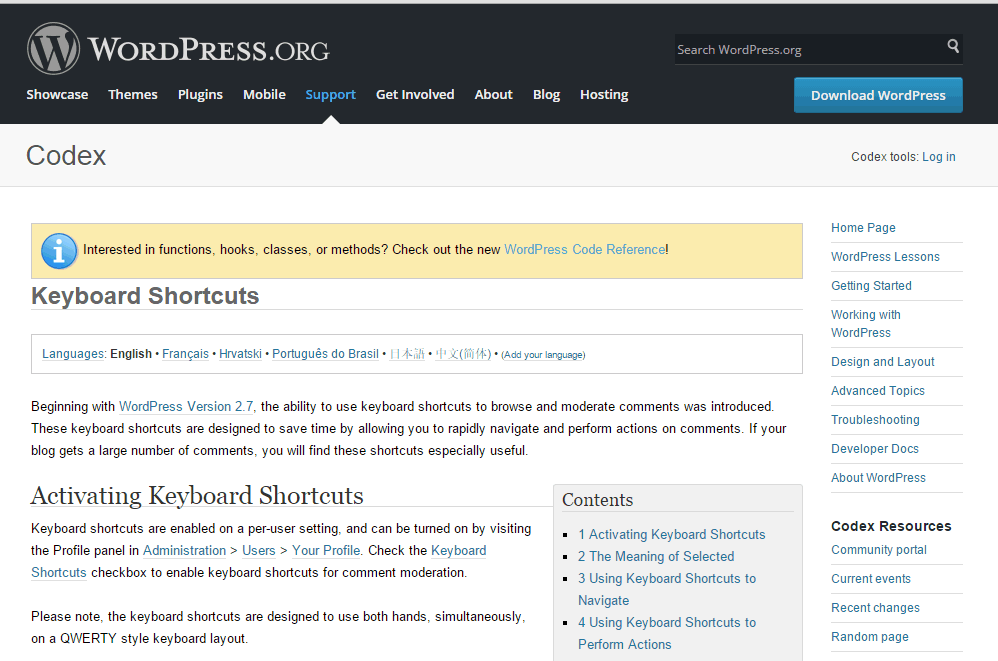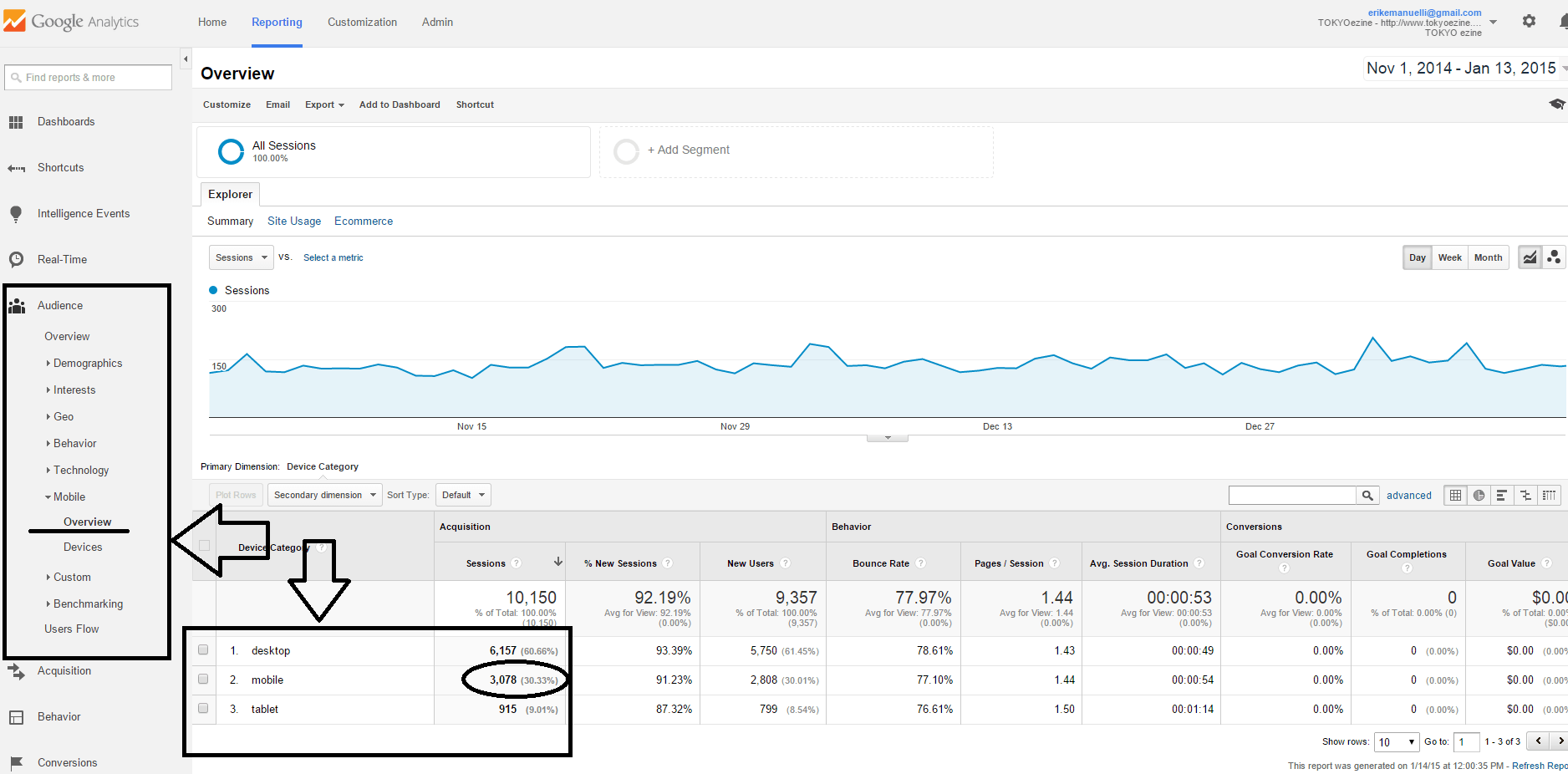A domain name is more than just an address for your website; it’s a vital part of your brand’s identity and can significantly affect your online presence. For entrepreneurs and small business owners, understanding how to sell a domain name is a critical skill that can lead to lucrative opportunities. Whether you have a domain you no longer need or you’re interested in domain trading as a business venture, this guide will provide you with the knowledge and strategies to make informed decisions and successfully sell your domain names.
Table of Contents
Step 1: Determine the Value of Your Domain
Before listing your domain for sale, it’s essential to understand its worth. Several factors influence a domain’s value:
- Brandability: Domain names that are short, memorable, and easy to spell are often more desirable.
- Keyword Relevance: Domains containing popular keywords can drive organic traffic and are valuable for SEO purposes.
- Extension: The top-level domain (TLD), such as .com, .net, or .org, affects desirability. Generally, .com domains are the most sought-after.
- Market Trends: Current trends in the market can also affect a domain’s value. Keeping an eye on domain sales within your industry can offer insight into what’s currently in demand.
To accurately assess your domain’s value, consider using appraisal services or tools available online, many of which analyze these factors to provide a market-based valuation.

Step 2: Decide Where to Sell
Once you’ve estimated your domain’s value, the next step is choosing the right platform to list it for sale. There are several options available:
- Domain Auction Sites: Websites like GoDaddy Auctions or Sedo allow you to list your domain in an auction format, attracting buyers looking for specific domain names.
- Marketplace Listings: Platforms such as Flippa provide a space to list your domain for sale at a fixed price or through negotiations.
- Broker Services: Professional domain brokers can help sell your domain, especially if it’s valued at a high price. Brokers have networks of potential buyers and can negotiate deals on your behalf.
Step 3: Prepare Your Domain for Sale
Preparing your domain for sale involves several steps, ensuring a smooth transaction process:
- Transfer Lock: Ensure your domain is not locked to prevent transfers. This can usually be managed through your domain registrar.
- Update WHOIS Information: The WHOIS database should have your current contact information to facilitate communication with potential buyers.
- Create a Landing Page: Consider setting up a simple landing page on your domain stating it’s for sale. This can attract direct buyer inquiries.
Step 4: Marketing Your Domain
Effective marketing is key to finding the right buyer:
- Utilize Social Media: Share your domain listing on relevant social media platforms to increase visibility.
- Niche Forums: Participating in forums related to your domain’s niche can help find interested buyers.
- Networking: Leveraging your personal and professional network can uncover potential buyers who may be interested in your domain.
Step 5: Negotiating the Sale
When you receive offers on your domain, negotiation plays a crucial role:
- Be Open to Negotiate: Having a clear idea of your domain’s worth allows you to enter negotiations confidently, but be open to reasonable offers.
- Communication: Prompt and professional communication can make the negotiation process smoother and build trust with potential buyers.
Step 6: Transfer the Domain
After agreeing to a sale, transferring the domain securely is crucial:
- Payment: Use a trusted payment method or escrow service to secure the transaction. Escrow services ensure that the domain and funds are exchanged simultaneously, protecting both buyer and seller.
- Transfer Process: The exact process varies depending on the registrar but involves transferring the domain to the buyer’s registrar account. Ensure you follow the specific instructions from both registrars involved to complete the transfer successfully.
Conclusion
Selling a domain name can be a profitable venture if approached with the right knowledge and strategies. By understanding your domain’s value, choosing the appropriate platform to sell, preparing your domain for sale, effectively marketing it, skillfully negotiating, and securely transferring the domain, you can capitalize on your digital assets. Remember, patience and persistence are key—finding the perfect buyer for your domain may take time, but the rewards can be well worth the effort.
























